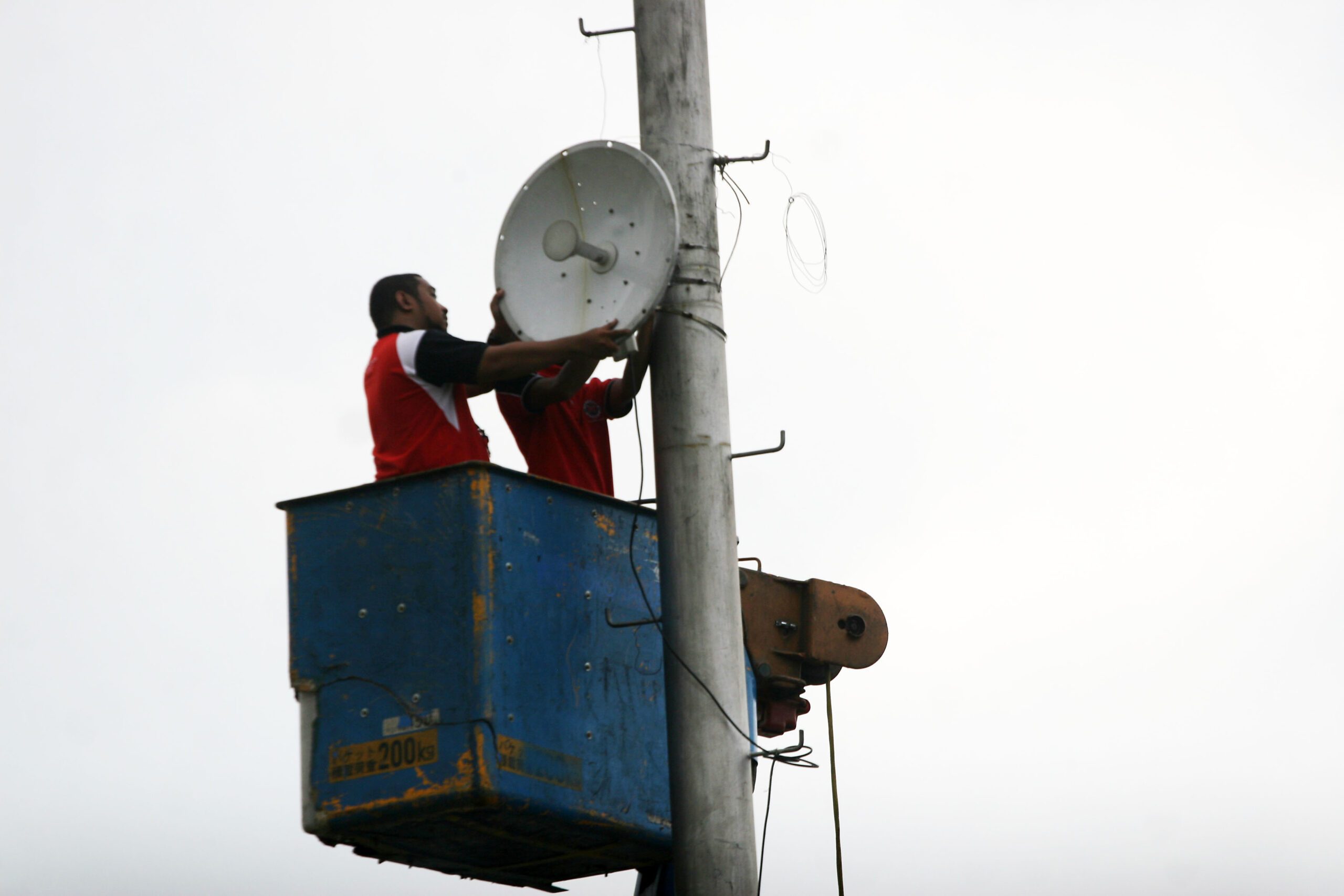SUMMARY
This is AI generated summarization, which may have errors. For context, always refer to the full article.

MANILA, Philippines – As Filipinos prepare for the annual Feast of the Black Nazarene on Saturday, January 9, government officials are also readying themselves for any situation.
The National Disaster Risk Reduction and Management Council (NDRRMC) said it will be on heightened alert throughout the day.
Its Operations Center will be on blue alert, the second highest alert level, during the massive religious gathering.
The NDRRMC will also assist local authorities, like the Manila DRRMC and Metro Manila DRRMC, as well as the Minor Basilica of the Black Nazarene (MBBN).
Medical aid
The following hospitals can accommodate devotees in case of emergencies:
- Ospital ng Maynila
- San Juan de Dios
- Philippine General Hospital
- Tondo General Hospital
- Jose Abad Santos Mother and Child Hospital
- Dr Jose Reyes Memorial Medical Center
- Gat Andres Bonifacio Memorial Medical Center
The Philippine Red Cross (PRC) also announced it has prepared 400 personnel, 20 ambulances, and other emergency equipment for the procession. It will also have 18 first aid ambulance stations along the procession’s route.
A basic healthcare unit – equipped for maternal and child care as well as general medical concerns – will also be deployed. In case of mass-casualty events, rescue vehicles will be stationed along the route.
Prepared for anything
The Feast of the Black Nazarene is one of the biggest religious events in the Philippines, drawing millions of devotees, not to mention vendors and tourists. (READ: The business of devotion)
Activities like the pahalik – where devotees approach the statue of Jesus Christ to kiss it – Holy Mass, and the Traslacion involve the movement of huge crowds to different locations.
But none are as unpredictable as the Traslacion, the transfer of the statue from the Quirino Grandstand to the Quiapo Church. (READ: Nazareno: Does it make the Pinoy a better neighbor?)
As people walk along the route, many push forward to get as close to the statue as possible to fulfill their panata, or vow. This heightens the risk of stampedes.
Other medical concerns are heatstroke and cardiovascular problems.
In 2015, the PRC recorded two deaths, and 1,727 devotees who were treated for minor and major injuries. In 2014, there were no fatalities recorded. – Bea Orante/Rappler.com
Add a comment
How does this make you feel?





There are no comments yet. Add your comment to start the conversation.